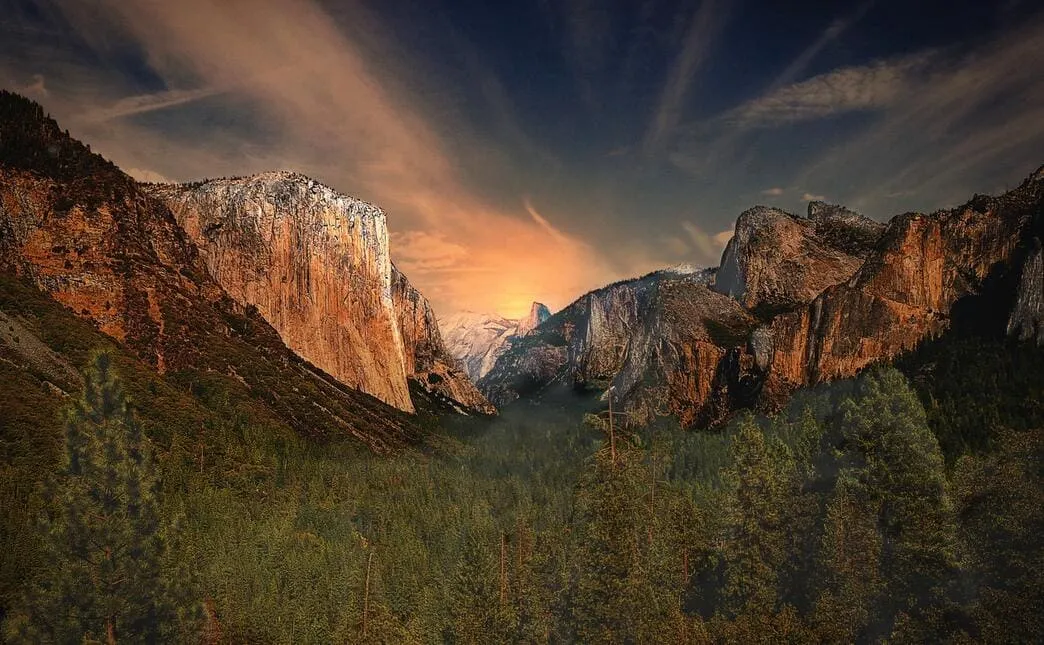Chulu Peak is one of Nepal’s most rewarding trekking peaks, offering a perfect blend of adventure, breathtaking Himalayan scenery, and cultural immersion. Located in the Annapurna region, Chulu East (6,584m) and Chulu West (6,419m) are popular among climbers seeking a challenging yet achievable Himalayan summit.
This guide covers everything you need to know about Chulu Peak climbing, including routes, difficulty, best seasons, permits, and preparation tips.
Why Climb Chulu Peak?
✅ Less Crowded – Unlike Everest or Annapurna Base Camp, Chulu Peak sees fewer trekkers, offering a more serene experience.
✅ Stunning Views – Panoramic vistas of Annapurna II, III, IV, Gangapurna, Dhaulagiri, and Manaslu.
✅ Cultural Experience – Pass through traditional Gurung and Tibetan-influenced villages like Manang.
✅ Ideal for Beginners & Intermediate Climbers – A great introduction to high-altitude climbing without extreme technical difficulty.
Chulu East vs. Chulu West: Which One to Choose?
| Feature | Chulu East (6,584m) | Chulu West (6,419m) |
|---|---|---|
| Difficulty | Moderate (some technical sections) | More technical (steep snow/ice) |
| Climbing Route | Starts from Manang | Starts from Base Camp near Chulu Far East |
| Best For | Beginners with basic mountaineering skills | Experienced climbers with ice-axe/crampon skills |
| Duration | 18-20 days (including trekking) | 20-22 days |
Best Time to Climb Chulu Peak
The ideal seasons are:
- Spring (April-May) – Stable weather, clear skies, and moderate temperatures.
- Autumn (September-November) – Excellent visibility, post-monsoon freshness.
Avoid monsoon (June-August) due to heavy rain and winter (December-February) due to extreme cold and snow.
Travel is the movement of people between relatively distant geographical locations, and can involve travel by foot, bicycle, automobile, train, boat, bus, airplane, or other means, with or without luggage, and can be one way or round trip. Travel can also include relatively short stays between successive movements.
The origin of the word “travel” is most likely lost to history. The term “travel” may originate from the Old French word travail, which means ‘work’. According to the Merriam Webster dictionary, the first known use of the word travel was in the 14th century.
It also states that the word comes from Middle English travailen, travelen (which means to torment, labor, strive, journey) and earlier from Old French travailler (which means to work strenuously, toil). In English we still occasionally use the words “travail”, which means struggle. According to Simon Winchester in his book The Best Travelers’ Tales (2004), the words “travel” and “travail” both share an even more ancient root: a Roman instrument of torture called the tripalium (in Latin it means “three stakes”, as in to impale).




